By John E. Goodwin
All wars give rise to change and innovation. In the early years of the 20th century, a short but nasty territorial war erupted between Russia and Japan. Both armies were powerful and fought in accordance with then-current military thinking. Weapons and tactics used during the conflict were watched closely by other nations, and the lessons learned there were taken into account during the Great War 10 years later.
A small but significant change in tactics attributed to the Russo-Japanese War was the way in which artillery was used. Traditionally, artillery was deployed to silence enemy guns and disable cavalry by direct fire. This changed when observers realized that smokeless propellants and more powerful guns could fire accurately from hidden positions over longer ranges. Spotters close to the enemy could send back target details by field telephone. The old method of firing over open sights when the gunner could see the enemy in front of him was no longer necessary. European observers of the Russo-Japanese conflict returned home to rethink the training and operational use of artillery in their armies.
Flash Spotting
When the British Expeditionary Force landed in France in 1914, it quickly discovered that French maps were so small in scale and lacking in detail that they made accurate artillery fire impossible. The Field Survey Battalions of the Royal Engineers decided, of necessity, to map the entire Western Front, an immense task that nevertheless was completed within the year. The problem of spotting hidden German artillery was unresolved for several months until, in the autumn of 1915, clever officers of the British Third Army used the new maps to work out a procedure for finding hidden enemy batteries. When a gun was fired in daylight, the flame from the muzzle was seen as a bright flash; at night there was a similar reflection in the sky. If three or four observation posts were spaced two and three miles apart behind the front line and linked by telephone to headquarters, the respective bearings of the muzzle flashes could enable the sighting of the enemy battery where the lines intersected.
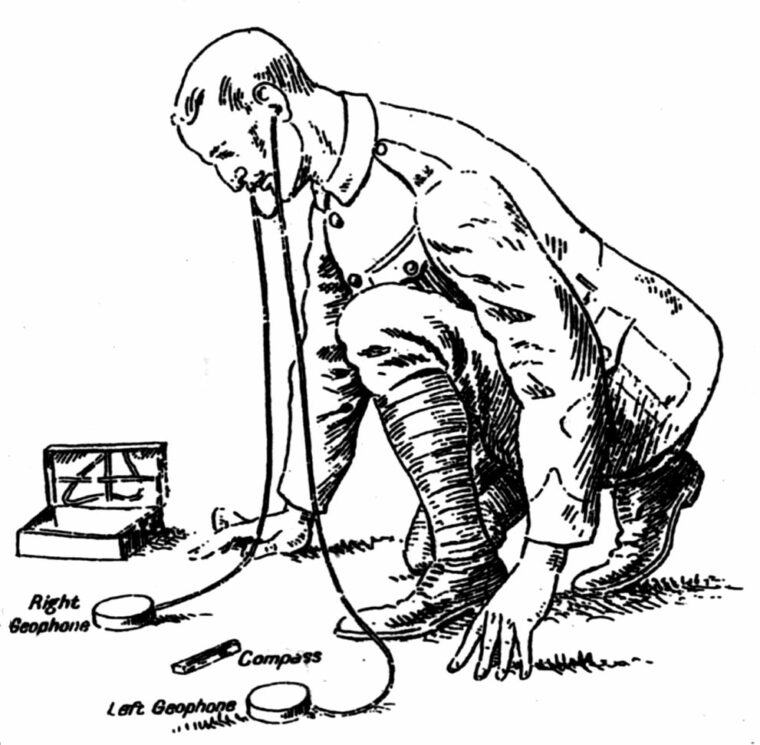
At first it was difficult to determine whether observers were recording the same gun flash, but a simple, effective device known as a “flash and buzzer board” was designed by an inventive British engineer lieutenant. When the German gun fired, observers simply pressed a telegraphic key and the synchronized bearings plotted at headquarters enabled the target to be passed on to those directing counter-battery fire. By June 1916, the technique called “flash spotting” was firmly established, and the United States Army successfully used the British method when it entered the war a year later. Not only was it highly accurate, but it was also economical, since spotters needed only a telescope and three men in a dugout with about 25 miles of connecting telephone wire.
Sound Ranging
Early in 1914, the French Army had taken the lead in inventing an alternative method for pinpointing the location of German batteries by the blast of the sound wave created when their guns were fired. This technique, called “sound ranging,” was based on the time differences between the noise of an explosion arriving at different points behind Allied trenches. When a sound wave reached observing stations sited a mile apart behind the front line, an arc could be computed of the different arrival times that effectively placed the enemy gun at its center. The French high command invited the British general staff and the Royal Artillery to join them in experimenting with this new technique, but there was a lack of enthusiasm on the part of the British, who commented disparagingly that “if there was an officer available who was of no use for anything else they would not object to him cooperating.”
Eventually, two Royal Artillery officers did join in the French experiments. They were so impressed that they recommended the adoption of the apparatus designed by Lucien Bull, a professor at the Marey Institute in Paris. Two miles behind a five-mile stretch of the British front line, six listening stations with microphones were set up and achieved good results. The sound-ranging apparatus was more expensive and complicated than that used for flash spotting. It involved recording the sound pressure waves onto cinematography film with a device that could isolate the sound of a particular gun through a system of microphones and a jet of air playing on an electric wire. Besides locating the specific site, the type of gun—whether it was a howitzer, 77mm field gun, or one of higher velocity—could also be determined.
The technique of sound ranging used in the British Army was further developed on the battlefield by two academics serving in quite junior positions—Corporal William Sansome Tucker, formerly of the Physics Department of the Imperial College London, who designed a superior microphone for the purpose, and Lieutenant William Lawrence Bragg, an Australian who was already a Nobel Prize winner, who was put in charge of the first unit. Despite initial skepticism by some gunners, the technique gained much respect from the enemy. An order from the German general staff directed: “In consequence of the excellent sound ranging of the English. batteries are forbidden to fire alone when the sector is quiet, especially in the east wind.” By May 1917, Tucker had also developed advanced microphones for use in the calibration of artillery muzzle velocities.
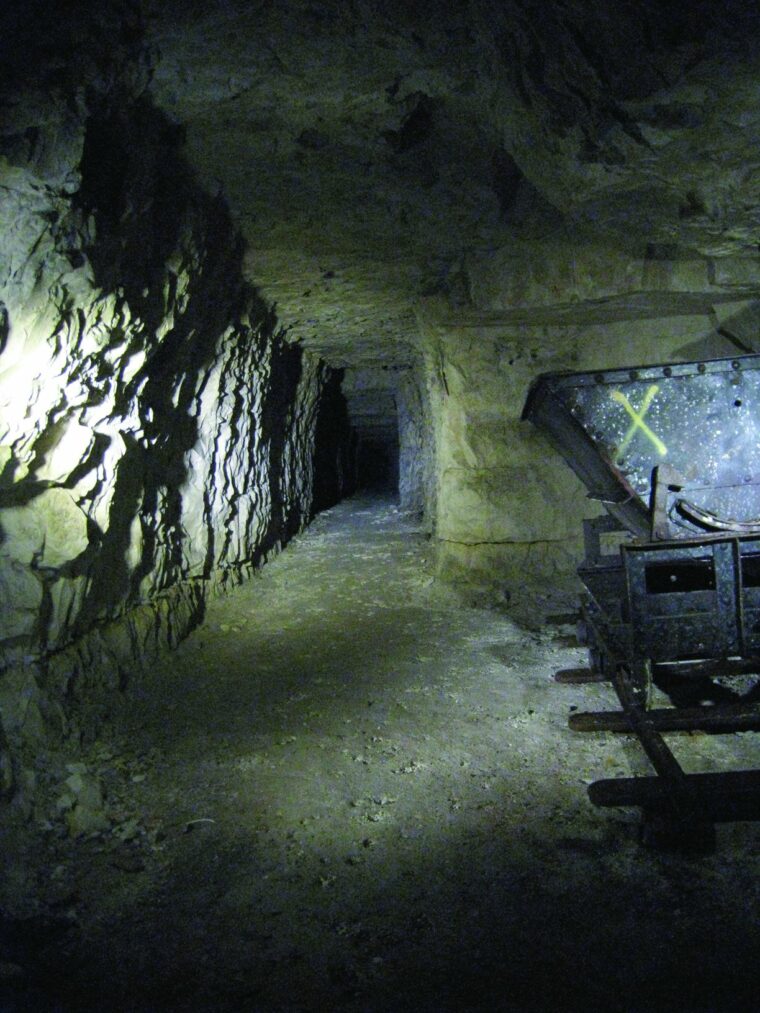
By the end of the war, flash-spotting and sound-ranging sections working in collaboration were eventually attached to all the armies fighting in Europe. German sound-ranging devices (Lichtschallmessen) never progressed much beyond the stage of primitive ear trumpets. The British systems were eventually incorporated into training manuals used by the Royal Artillery, and the same techniques continued to be used almost unchanged in most theaters up to and during World War II.
Overhearing
“Overhearing” was the quaint name given in 1915 to the practice of listening in to enemy wireless and telephone conversations. In the summer of that year, the French Army discovered that the Germans were listening in to their telephone conversations by using earth circuits (wires stuck in the earth) up to a distance of 300 yards from their front lines. This helped to explain how the Germans always seemed to know when zero hour was set for trench raids and the arrival of relief troops, which coincided with artillery bombardments. Countermeasures included the British invention of the Fullerphone, which used direct current to make land line communications secure This device, too, continued to be used in World War II.
It was not until 1917 that monitoring stations were set up to enforce security over the airways. By the end of the war, all combatant armies had developed sophisticated methods for interpreting information obtained by listening to enemy transmissions, particularly the locations of individual divisions and artillery strengths. In the final years of the war, analysis of German wireless traffic enabled the British and American armies to pinpoint the movements of over 50 percent of all German divisions.
The Geophone
While the sound made by guns was being used to find enemy artillery on the battlefield, other devices were being developed to find out what he was up to underneath the trenches on the Western Front. By the end of 1914, German engineers had begun to dig tunnels under British front lines with the intention of exploding mines and enabling their troops to advance during the ensuing confusion. It was not long before both sides were tunneling furiously. At first, most tunnels were less than 20 feet deep, but as the war continued, the depth and length of the more important tunnels increased, some up to 100 feet below the surface.
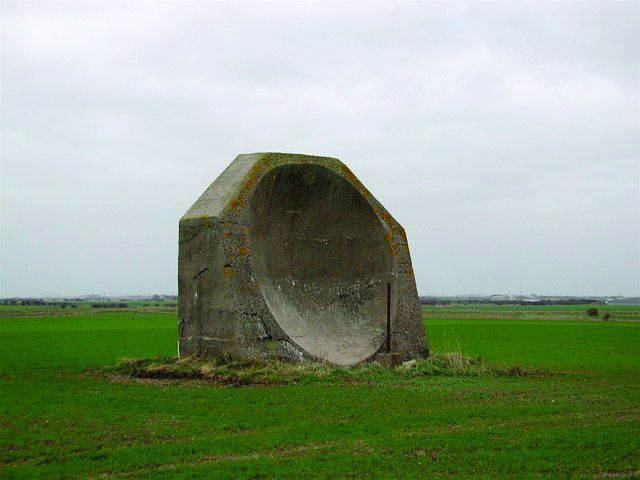
By 1916, the British had 25,000 men actively engaged in tunneling. In one sector, it was possible to walk along a continuous underground gallery for several miles in front of the trenches. Tunneling not only provided the opportunity to excavate mines and blow up trenches, but it also enabled troops to be brought up to the front under cover for a surprise assault. A constant fear of both sides was the extent to which their own position was being mined with explosives. Listening galleries, pushed out ahead of the main mining tunnels, were dug to give advance warning of enemy tunneling activity. At first, no specially designed listening equipment was available—as in medieval siege warfare, all the defenders could do was listen. A man with good hearing crouching at the bottom of a hole three feet deep was reckoned to be able to hear the sound of digging 20 to 40 feet away. Crude listening aids included biscuit tins sunk below the surface and short sticks with a single vibrating-wire earpiece of the type often used to find water leaks.
Eventually, French scientists at the Sorbonne in Paris invented the geophone, which was to be widely used in the British and French armies. Two wooden discs filled with mercury and faced with mica were fitted with nipples and attached to a stethoscope. By moving each disc across the tunnel floor until the sound of enemy digging was balanced in both ears, a trained operator could fix a bearing. The British Army used the geophone for determining the direction of sounds from the enemy and a device from the American Western Electric Mining Company for calculating how far away the sound was. Depending on the nature of the ground and the sounds (talking, shoveling, or pick work, for example) enemy activity could be accurately assessed up to 300 feet, allowing troops to be withdrawn before a mine was exploded. In 1917, British General Sir Hubert Plummer told his staff before 19 of the 21mines beneath Messines Ridge were exploded: “Gentlemen, we may not make history tomorrow, but we shall certainly change geography.”
Mining beneath the trenches was a quite hazardous feature of the Great War, and even today there are thought to be five fully charged lost mines containing 166,000 pounds of explosives remaining under old French battlefields. There is even a volunteer group of civil engineers dedicated to exploring and mapping old mines beneath the former Western Front.
Detecting Aircraft
Devices using sound were also employed for the first time during World War I to detect the direction of hostile aircraft. At first the problem seemed insolvable, and truly effective countermeasures—especially at night—were not developed until the invention of radar for guns, searchlights, and planes in World War II. However, in 1916, bombing attacks on the front line of the Western Front along the Maricourt Plateau on the Somme were becoming a serious nuisance. Attacks by zeppelins on mainland England had begun the year before, and the government was worried about their effect on civilian morale. Experiments with early acoustic and lighting devices met with varying degrees of success. Then a research team at the Ministry of Inventions and Munitions in London was established to look at all aspects of air defense. The team was headed by a mathematician, A.V. Hill, who devised a pattern-sound locator using pairs of wooden conical horns mounted on a frame. An observer using a stethoscope balanced the sound of engines in each ear to obtain a bearing to direct searchlights onto enemy aircraft.
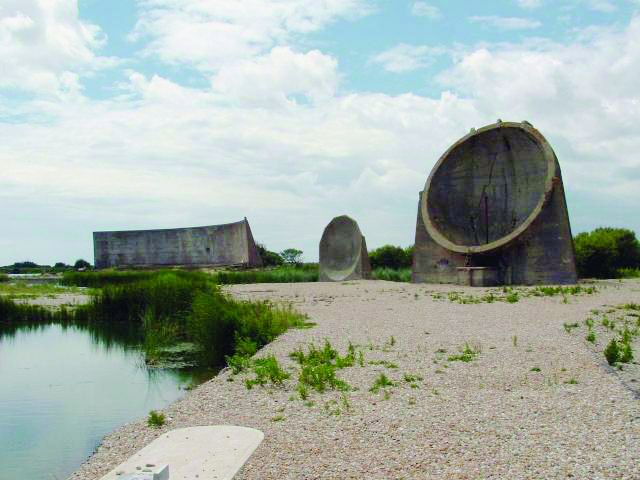
Other scientists followed different lines of inquiry. Professor Thomas Mather of the London City and Guild Engineering College tested an idea inspired by French engineers. It involved building a circular bowl, or dish, of curved concrete wall structures to magnify and trap the sound from approaching aircraft. The War Office was initially interested but subsequently withdrew its support and there the matter rested until now-Major William S. Tucker, who earlier had invented a successful hot-wire microphone for artillery calibration, obtained War Office funding to research the development of long-range detection of aircraft for the protection of the English coastline against air attack. After reviewing all the known information on the subject and examining several experimental mirrors, Tucker oversaw the construction of several different shapes of acoustic mirrors along the Kentish coast. All involved monolithic concrete structures varying in size from 15 to 200 feet, with a listener equipped with a microphone standing in front of a concrete bowl-shaped dish to pick up the sound of approaching aircraft. Results of the tests were hardly impressive; aircraft were detected only up to 10 miles away, and detection was subject to weather and wind noise.
Attempts to use searchlights on the battlefield to illuminate enemy positions were quickly abandoned since they attracted enemy gunfire. Lights were mounted experimentally on kite balloons for observation, but the wobbling of the platforms made them useless. Using a searchlight beam to pick up enemy planes at night was largely ineffective, although the result was blamed on limitations of equipment and poor cooperation with antiaircraft gunners. In England, searchlight units were used more successfully against the slower-moving zeppelins, but proved useless against planes. Eventually, projectors were given a 13-foot-long arm that enabled the operator to see the target in the beam without being blinded. The Germans were wary of using searchlights to defend their homeland, quickly realizing that the lights led enemy bombers to the very area they were attempting to defend.
In the autumn of 1915. Frederick Lanchester, a successful British car and aircraft designer, came up with an idea to flood the skies in eastern and southern England with a belt of light against which hostile aircraft could be seen by gunners and fighter planes while the ground below was left in darkness. The lights were to be mounted on towers up to 100 feet high, with their beams inclined upward to reflect off the clouds. There was to be one tower for each three miles of area to be lit. Representatives from the American firm Edison and Swan were consulted, and a full-scale experiment was carried out in Wiltshire in July 1917. The results were not successful, partly due to the unpredictable English weather and the increasing the altitude at which planes were beginning to fly.
All that was known scientifically about the characteristics of sound and light was used in World War I to advantage the combatants, even though the application for warlike use was in its infancy. To some extent, the experience gained was useful when World War II broke out. Flash spotting and sound ranging continued to be used in all theaters without much change in technique. With improvements in wireless and communication technology, “overhearing” became radio interception, and the resultant code-breaking and intelligence analysis contributed enormously to the advance knowledge of enemy intentions.
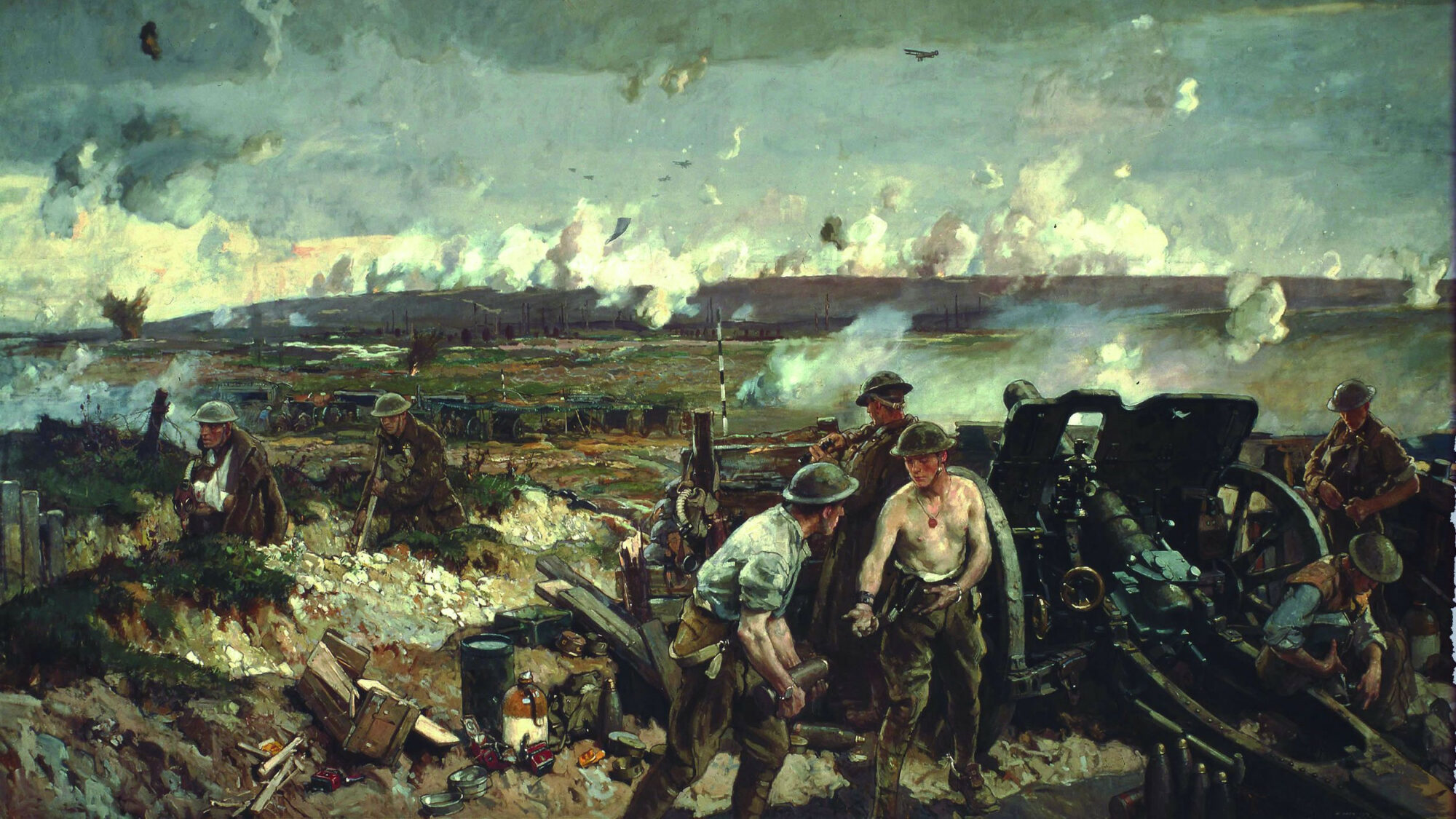
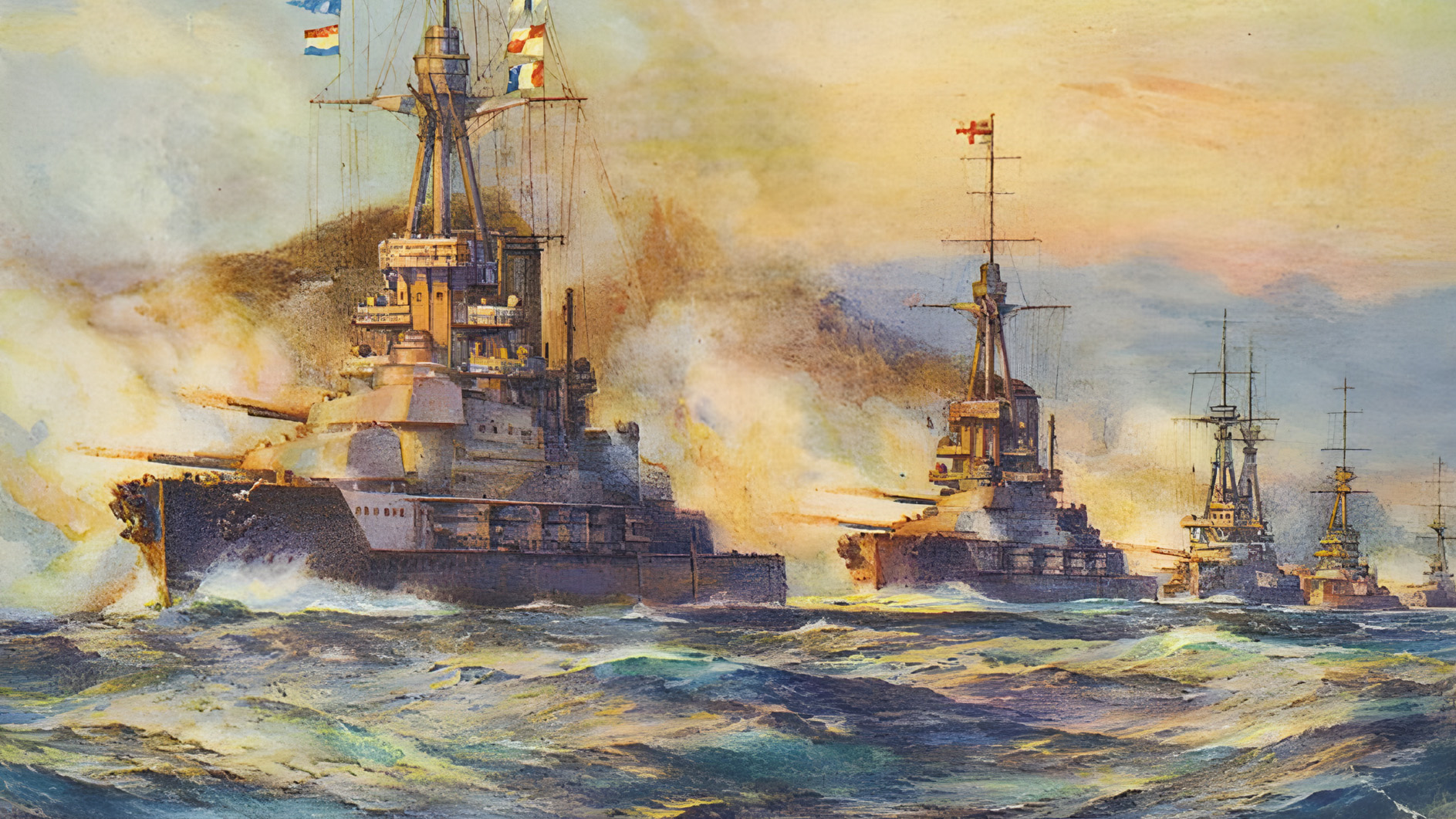
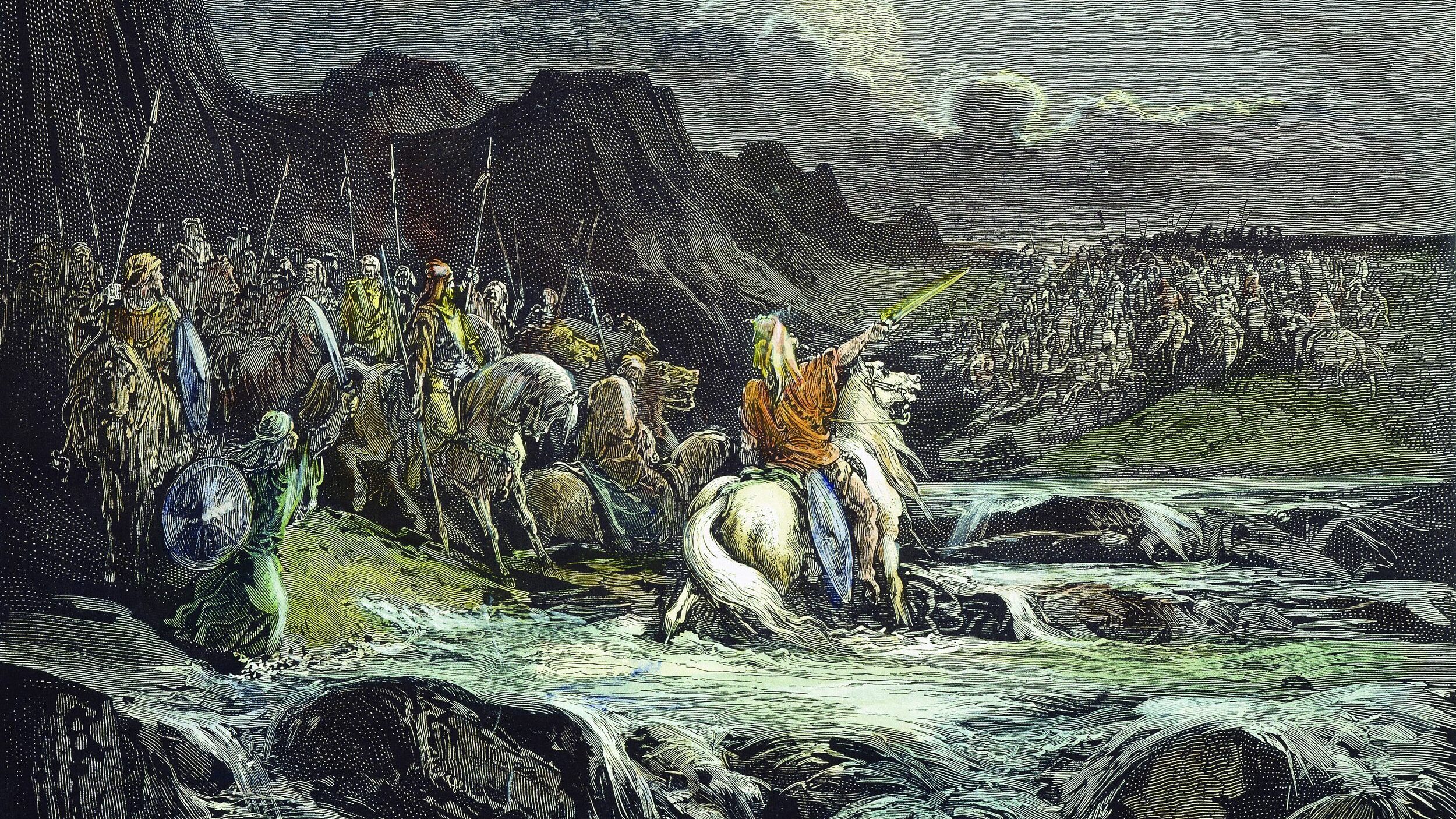
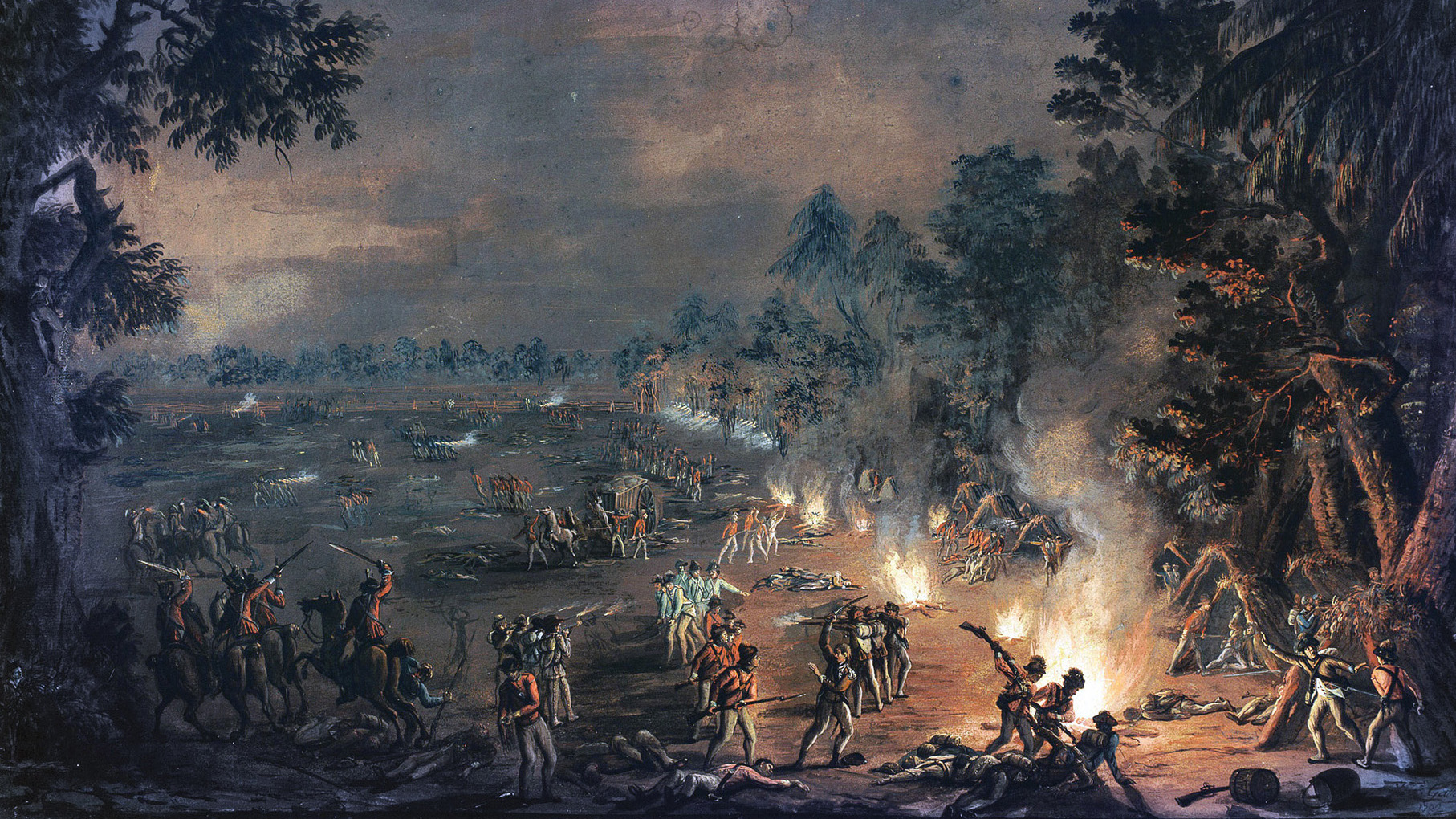
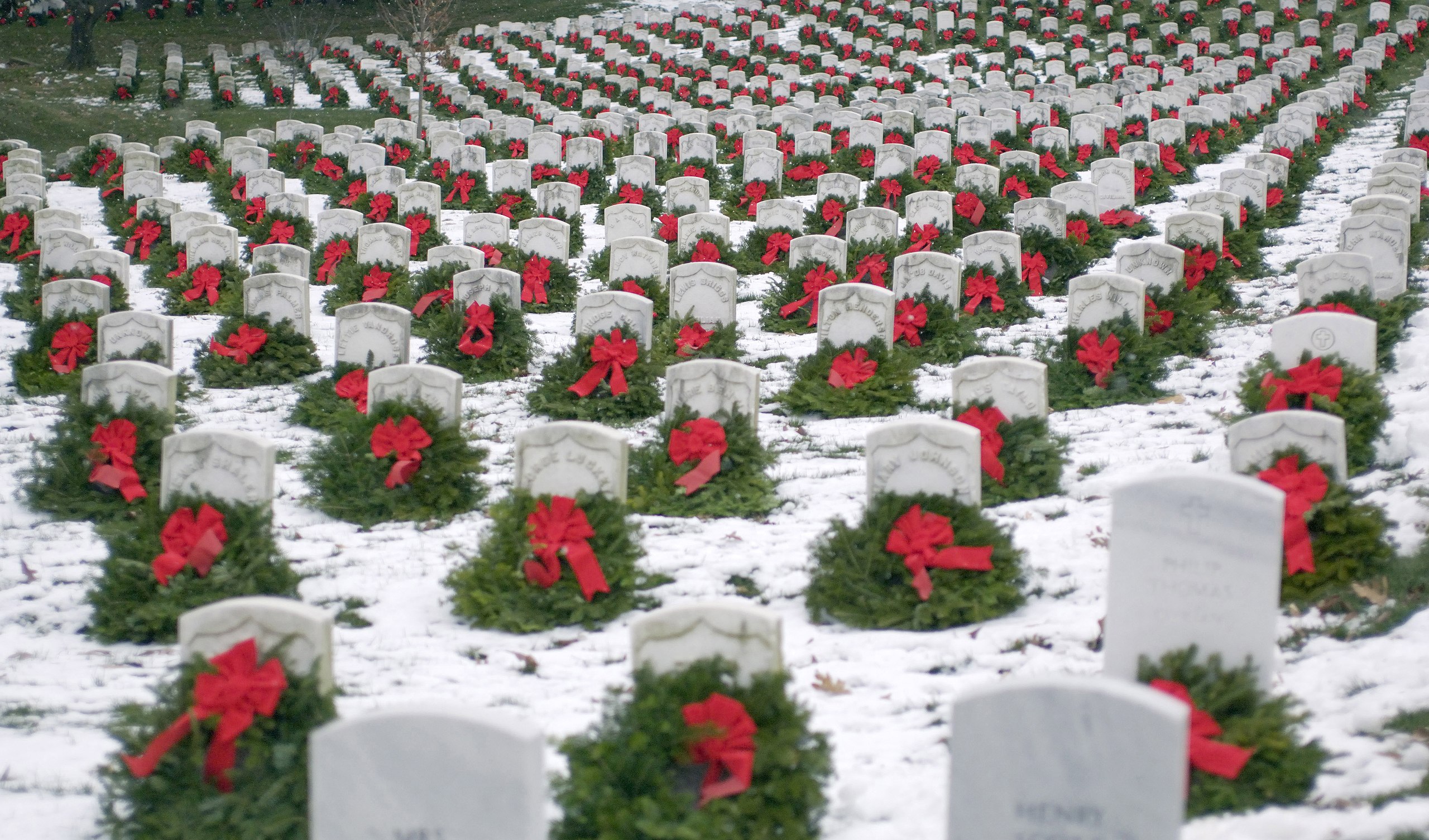
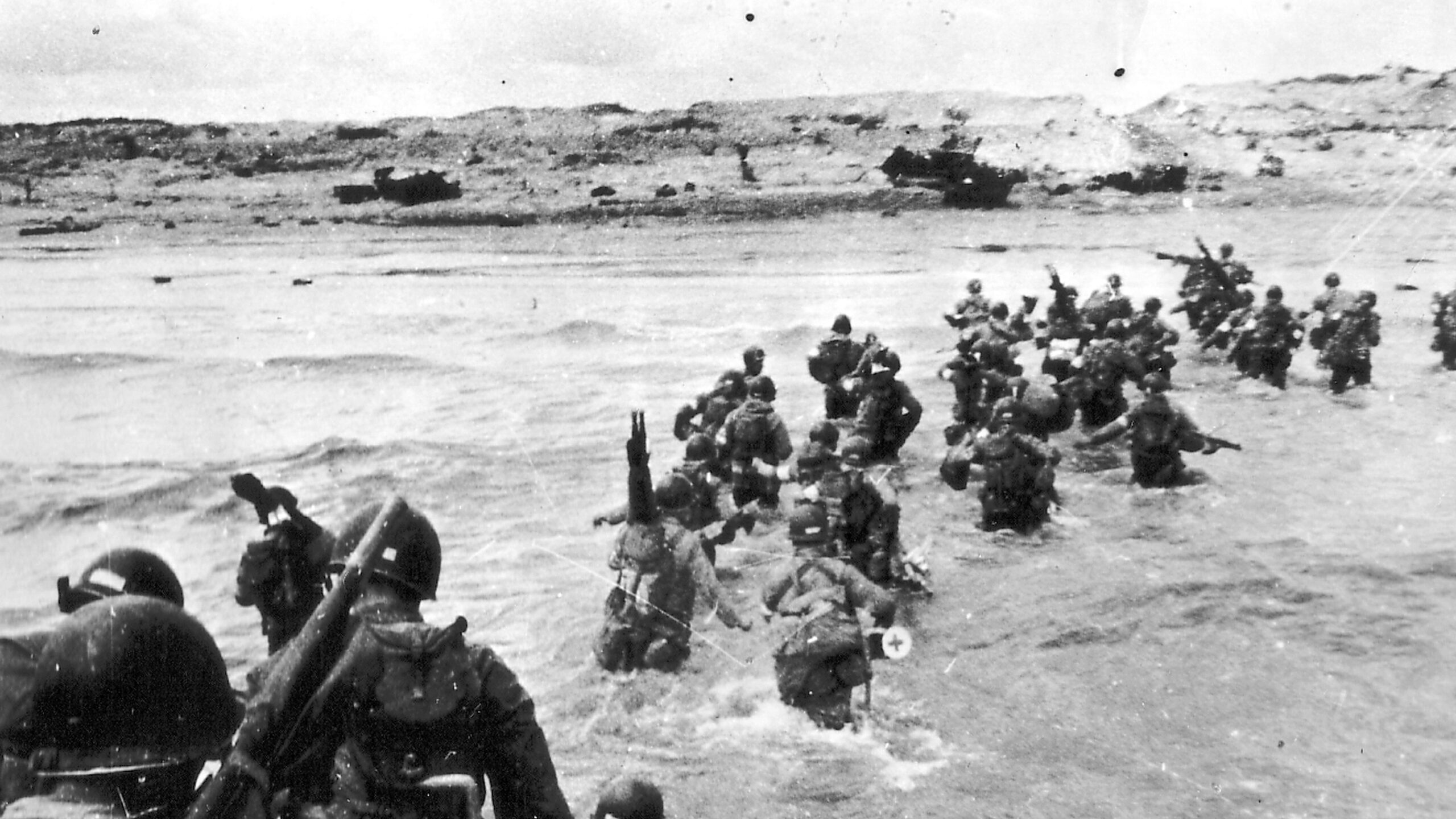
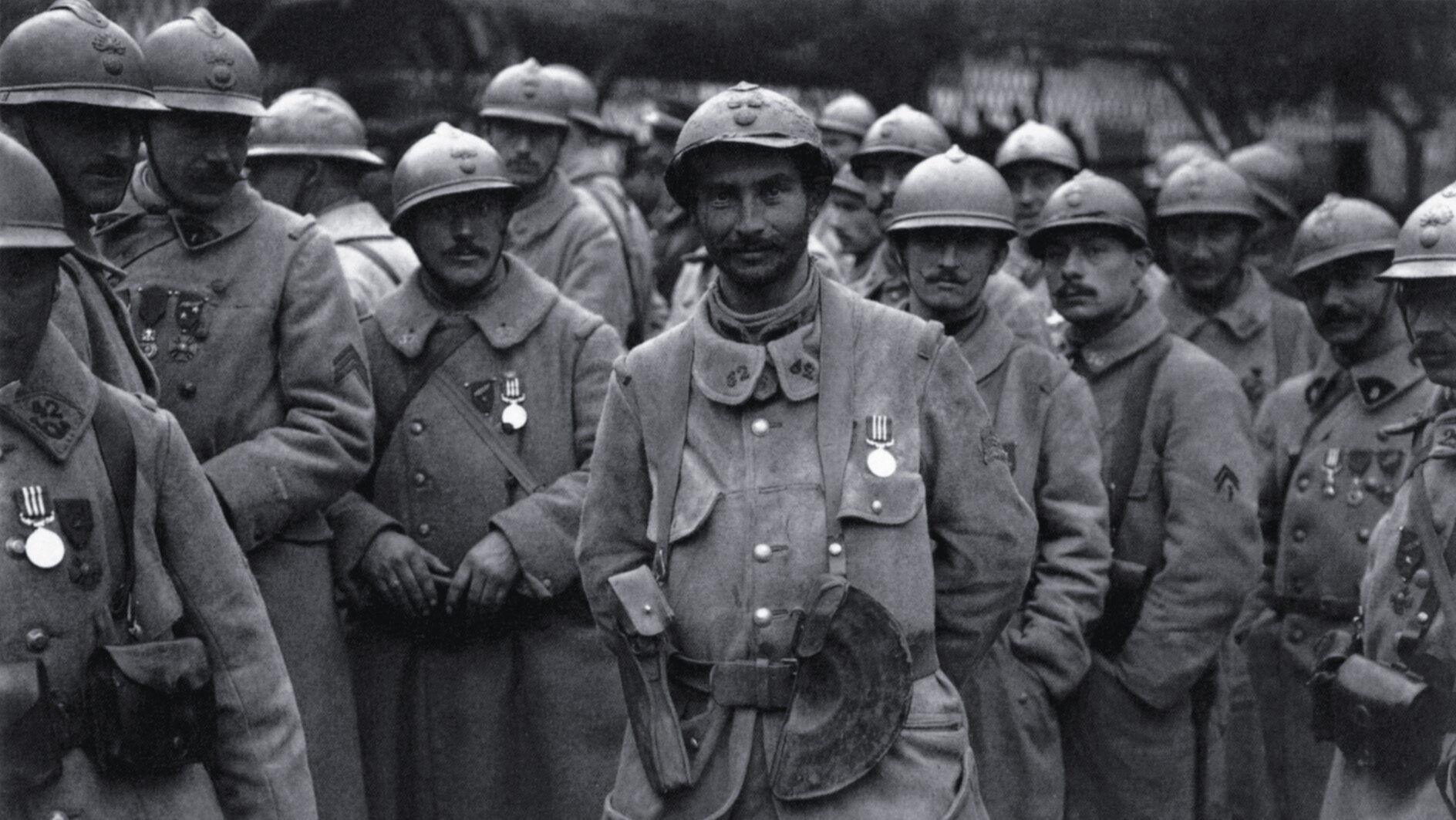

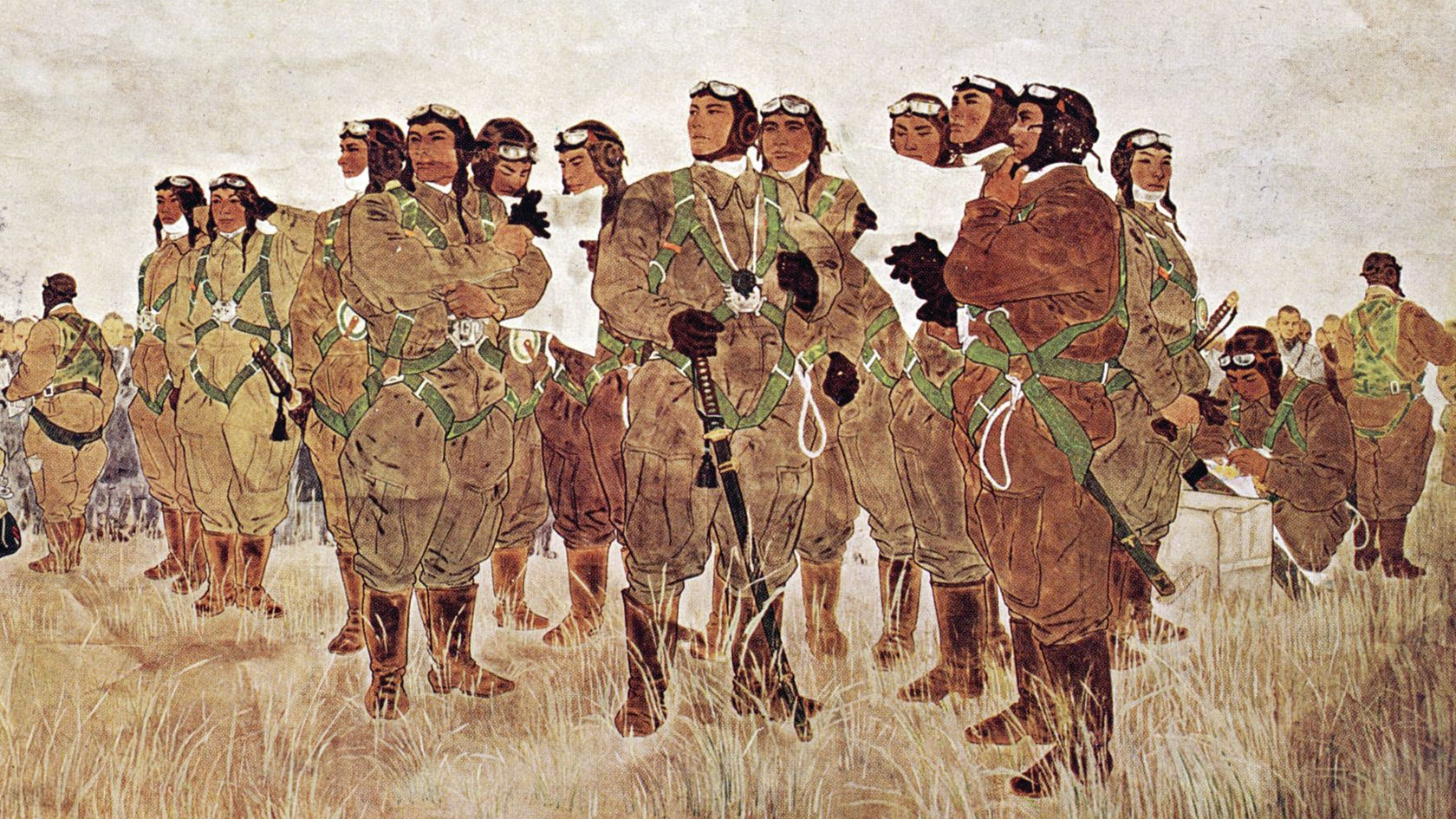
Join The Conversation
Comments
View All Comments